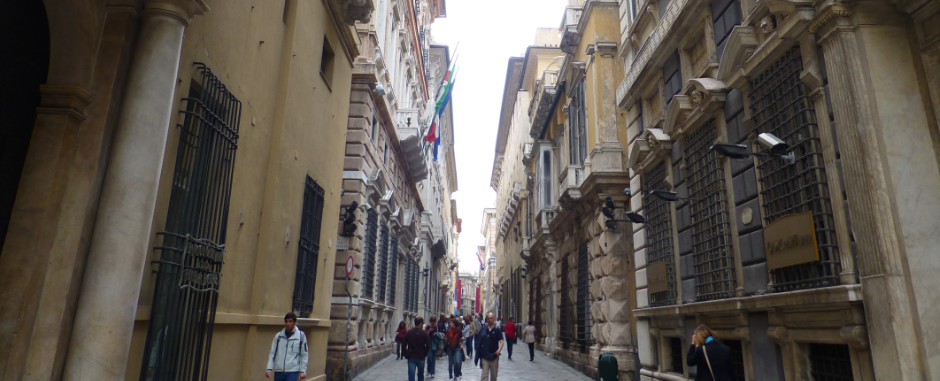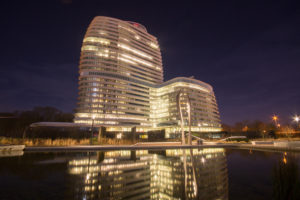There are many different factors to consider when putting together a solar street light proposal. Not many people know all the considerations required, but here is a list of a few little-known factors that can make the specification process a little less stressful. With this information, you will be able to not only create a better specification, but ensure that solar is the right fit for your application.
1. Traffic Hours
What are the main traffic hours on the street? Does the traffic become minimal after a certain time? When does the traffic pick up again? If there is little to no traffic between 1 am and 5 am, and there are no safety concerns with lowering the wattage of the fixture to conserve energy, you can use adaptive lighting techniques. This can reduce the wattage of the fixtures during a certain period of time; therefore, reducing the size of the solar required to run the fixture all night. This can lower the overall project costs.
If traffic stays steady through the night, say on a main stretch of roadway, then adaptive lighting should not be used. Make sure to do a complete analysis on traffic patterns and usage of the area before looking for an option to illuminate. Adaptive lighting techniques are best used for rural or residential areas.
2. Shading
Is the main road covered by trees? Solar requires direct sunlight to charge the batteries that operate the fixture at night. By making sure the lights are not going to be installed under shade will prevent future operation issues. If the lights need to be mounted under a tree, the solar can be remotely mounted in a sunny area to keep the light pattern even. Other options include trimming of trees, installing light poles taller than the trees, or a combination of the two.

3. Lighting Level Requirements
What are the lighting requirements for the street? Is this a two or four lane street? Depending on the lighting requirements and width of the street can determine how many solar street lights are provided in the proposal. With aimed optics, a wider pattern is available in most applications and can reduce the overall number of fixtures needed. This can affect the overall project proposal cost including both the material and the installation.
Typical fixture spacing is around 100′, but depending on installation location and width of the roadway, this can vary greatly. Having a complete lighting analysis performed by an engineer using IES files and providing complete lighting layouts will show you exactly the amount of light provided by the systems. Make sure you have this analysis completed in the design phase so that the project scope can be narrowed down.
4. Mounting Requirements
Are there specified mounting requirements such as wind loading or height of poles / fixture brackets? Making sure your solar is mounted to the appropriate pole can change many aspects of the proposal. Wind loading ratings are used in a variety of areas, especially those prone to large storms or hurricanes. Having a high wind load rating will provide a lasting light no matter what Mother Nature throws at you.
Mounting height restrictions are also taken into consideration. There are many areas where mounting height restrictions come into play. Since the solar must be mounted at the top of the pole, the fixture typically mounts a few feet below the solar. This means that if you have a restriction of 20′, the fixture will mount around 15-18′ above grade. Make sure there are no restrictions in your area when designing a system.
With all the parts of a solar street light proposal, making sure all aspects are covered will make sure you get the most accurate proposal available. Talk to your solar lighting professional and don’t be afraid to ask questions. The more information gathered on the project, the better the proposal will be completed. SOURCE: SEPCO, full article HERE.






Dylan
4 Jan 2023Thanks for your article. Look forward to reading more.